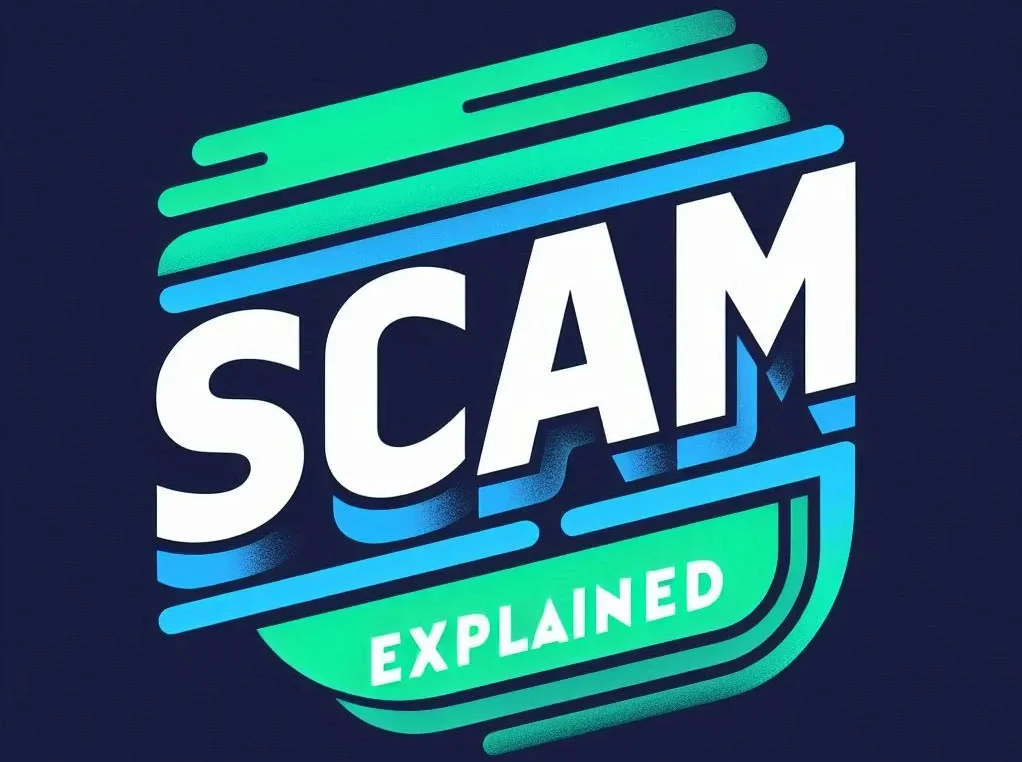With the advent of technology, scams have evolved to be more sophisticated and harder to spot. One such scam is the a407etr fraud, a deceptive practice where scammers pretend to be from 407 ETR claiming you have an unpaid balance.
In this article, we will walk you through understanding the a407etr scam, identifying the red flags, and how to protect yourself and respond to it. Let’s join hands in spreading awareness about this new twist on fraud.
Understanding the a407etr Scam
The a407etr scam is a slick, manipulative scheme where fraudsters convincingly impersonate officials from the 407 ETR, a known electronic toll route in Canada.
The tricksters use well-crafted pretense and disguise to reach out to unsuspecting individuals, informing them of a supposed outstanding balance that demands immediate settlement.
They provide seemingly genuine evidence and persuasive arguments to convince their targets of the legitimacy of their claims. The ultimate goal?
To swindle these individuals into transferring funds to pay off an imaginary debt. The bitter truth is that, once tricked into making the payment, recovering the lost money becomes a daunting, often impossible, task.
The Red Flags in the a407etr Scam
Recognizing the warning signs of the a407etr scam is essential in protecting yourself from falling victim to this cunning deceit. The fraudsters might be crafty, but there are certain inconsistencies that can give away their game.
The first anomaly that should raise your suspicions is the method of communication. The 407 ETR generally communicates billing matters via postal mail, not through unexpected phone calls or text messages. If you receive such a call or text, tread with caution.
Another telltale sign is the sense of urgency conveyed by the scammer. Often, they’ll create an atmosphere of panic and urgency, insisting that the supposed unpaid balance must be settled immediately. This high-pressure approach is designed to cloud your judgment and push you into making rash decisions. If someone is pressing you for immediate payment, it’s a glaring red flag.
The third warning sign is the payment method. Scammers tend to veer away from traditional payment methods. Instead, they might ask for payment in the form of gift cards, cryptocurrency, or through direct wire transfers. These unconventional methods are chosen because they are difficult to trace and offer less protection to the payer. If the payment method feels unusual or risky, it likely is.
Being aware of these red flags can greatly help in identifying the a407etr scam. Always remember, knowledge is your best defense against such deceptive tactics.
How to Protect Yourself from the a407etr Scam
Don’t allow yourself to become a victim of the a407etr scam. Equip yourself with a healthy dose of skepticism and vigilance. Before releasing any sensitive personal or financial data, take a moment to validate the caller or message sender.
Reach out to the 407 ETR customer service directly to verify any alleged overdue balances. Always keep in mind that hasty payments, especially under pressure, can lead you straight into the fraudster’s trap.
Acquaint yourself with the typical procedures and communication channels of the 407 ETR. By being proactive and aware, you can successfully shield yourself from falling prey to the a407etr scam.
Responding to the a407etr Scam
If you feel like you’re on the receiving end of the a407etr scam, don’t panic, but don’t engage either. Resist the temptation to retaliate or provide any personal details. Make it your immediate priority to alert the local law enforcement and the 407 ETR, contributing your piece to the larger puzzle of tracking these fraudsters down.
If, unfortunately, you’ve already fallen into the scammer’s trap and transferred money, don’t lose hope. Contact your financial institution right away. There may be a chance to halt the transaction or take steps towards recovery.
Bear in mind that each scam reported not only aids in the potential apprehension of these criminals but also serves as a cautionary tale for others who could be their next potential victims. We must remember, every piece of shared information makes it that much harder for these scams to succeed.
The Importance of Spreading Awareness About the a407etr Scam
Banding together in the face of scams like the a407etr is not just smart, it’s essential. Knowledge, they say, is power and in this context, it’s a shield against fraud. By keeping ourselves informed and passing on that knowledge, we can build a network of individuals well-equipped to spot and stave off scams.
A conversation over coffee, a quick text message warning about the scam, or a social media post detailing the red flags – these are all powerful tools in our arsenal. The key is to create open dialogue within our circles, be it family, friends, or colleagues. By actively discussing these scams, we encourage a culture of vigilance and protection.
Knowledge-based resources about this scam should also be shared widely. Reliable, authoritative content can play a critical role in education and prevention. These resources not only provide information about the scam, but also guide individuals on how to react if they find themselves a target.
Every bit of information we disseminate about the a407etr scam goes a long way in reducing the number of potential victims. It strengthens our community, making it a less attractive hunting ground for scammers. As we share and spread awareness, we are not only protecting ourselves, but we are also looking out for each other. The fight against scams like the a407etr is indeed a communal effort. Remember, when we share, we care, and we protect.


